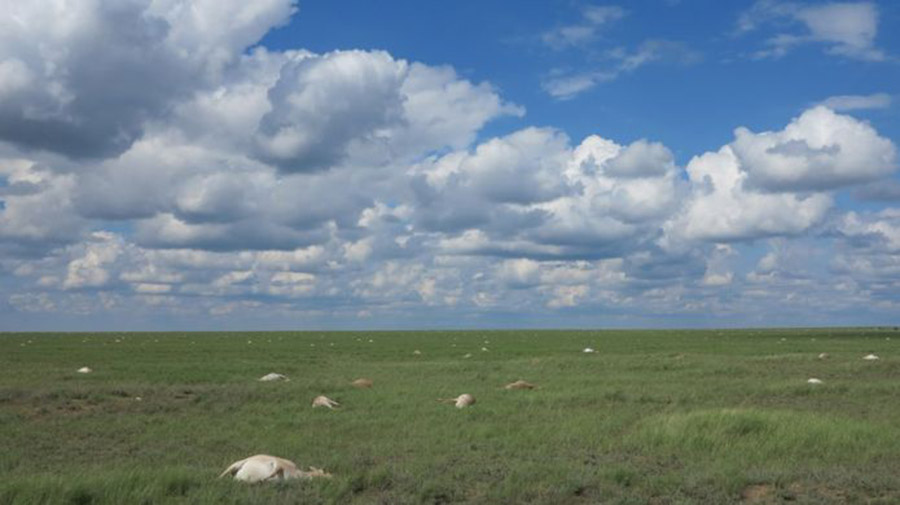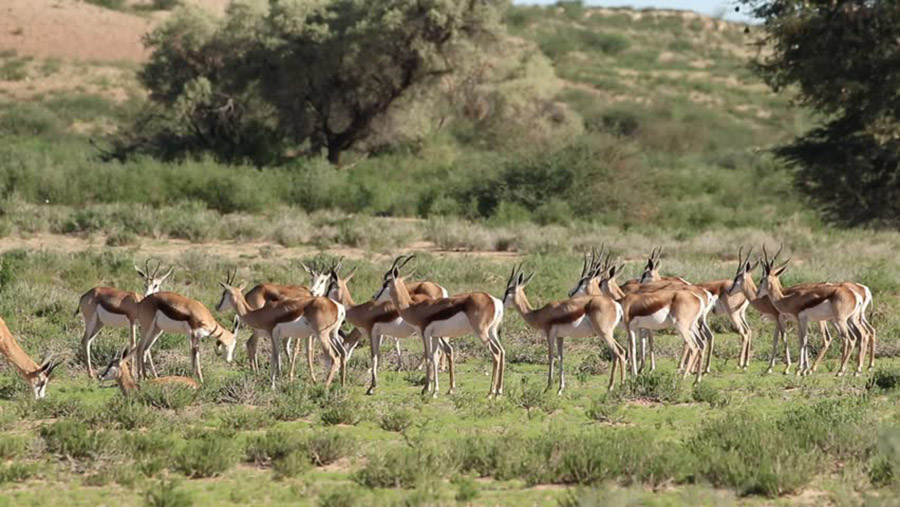A large number of antelopes in Kazakhstan suddenly died due to natural causes in 2015. According to the British scientists, more than 200,000 saiga antelopes appeared one morning without life, and they thought that the cause of death was a bacterial infection. However, thanks to new research, they are now suggesting something that could hint the bacteria outspread was due to a change in the environment.
This was an event that affected a significant part of the antelope population, which is why it’s given so much importance. And as the experts are claiming, there’s a high probability that something like this will happen again soon.
The team that led the research agrees that there was an extraordinary change in the humidity and the temperature, rising them to levels never reached in the zone. Professor Richard Kock of the Royal Veterinary College London, who led the investigation back then just like this new study, noted that bacterial disease should have been a strong one to provoke such a disaster. It was one of its kind.
“The whole thing was really extraordinary,” he said. “It’s very very likely to happen again.”

A link between climate change and antelopes
Back in 2015, Kock’s multi-disciplinary team used statistical analysis to study the conditions in which the environment was the day after the antelopes died.
As they wrote in the paper, it wasn’t normal how warm the weather was that day, and how damp the winter felt. This made them think that could have been one of the reasons for the deaths.
Impressively, something similar happened in central Asia, between 1981 and 1988. A large number of antelopes also massively died but in two different events.
“The event was simply catastrophic for the long-term survival of this critically endangered species,” said Nida Al Fulaij of the wildlife charity, PTES, which funded some of the rescue work.
The scientists still don’t know precisely how the weather created the bacterial infection, or how it affected the animals in those three different events.

Previous research, as Prof Kock said, linked climate change to dead antelopes. However, this is the first time that scientists have “concrete evidence.”
Besides fearing the link between climate change and antelopes, the experts expressed how worried they are because that’s not the only reason that can lead the animals to die massively. There are other deadly diseases, and hunters on the other hand.
“There’s theoretically a possibility of extinction of the species entirely. We have at least got a number of populations – albeit small ones – that are outside the danger zone.” Prof Kock said. “The triggering of such mass mortality events in saiga through weather conditions shows that not much can be done to prevent them occurring, and therefore how important it is to maintain saiga populations of sufficient size for the species to survive such catastrophes,” he explained.
Other wildlife, such as reindeer, could also be susceptible, as the experts suggested.
Source: Science Advances
